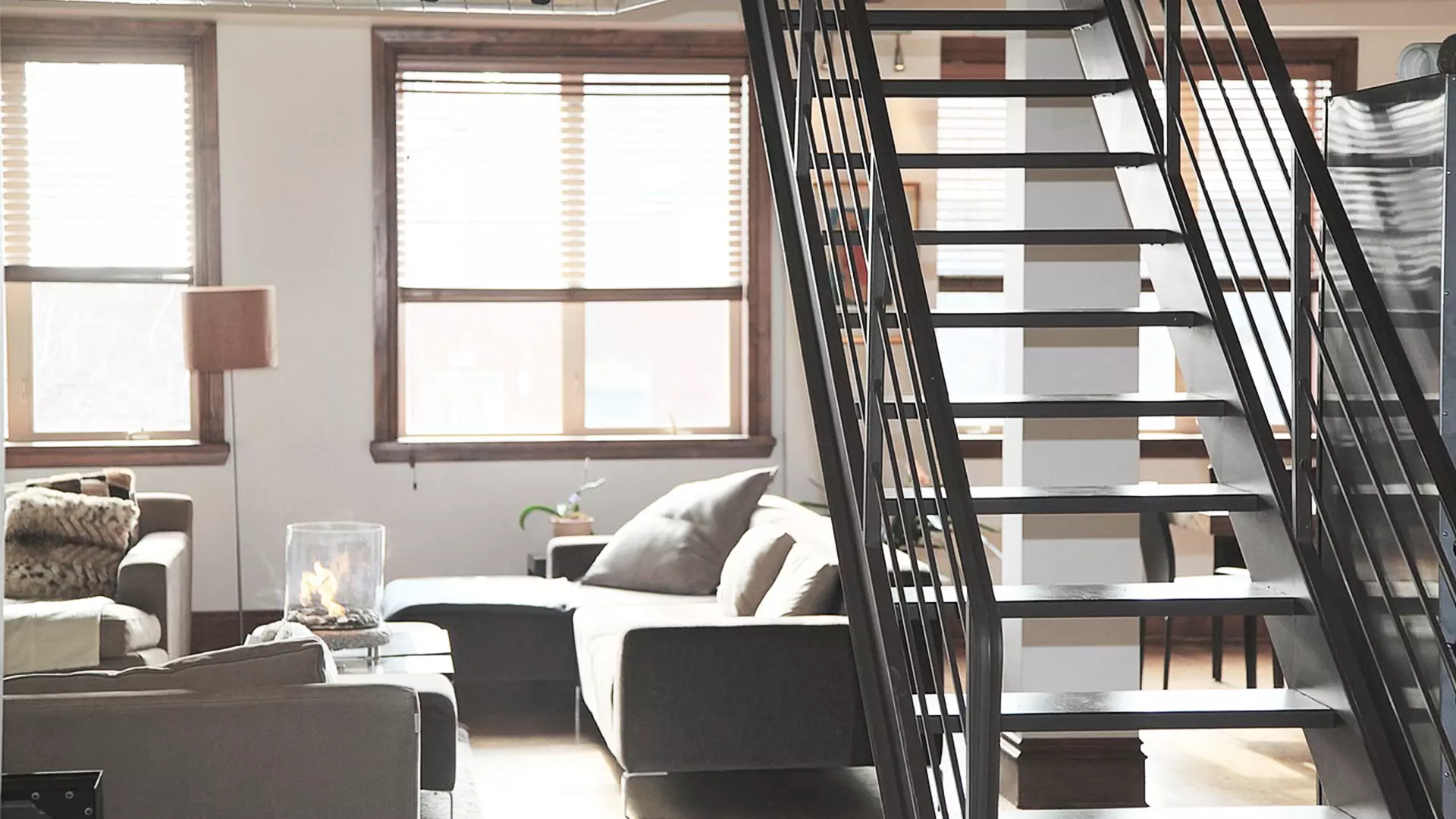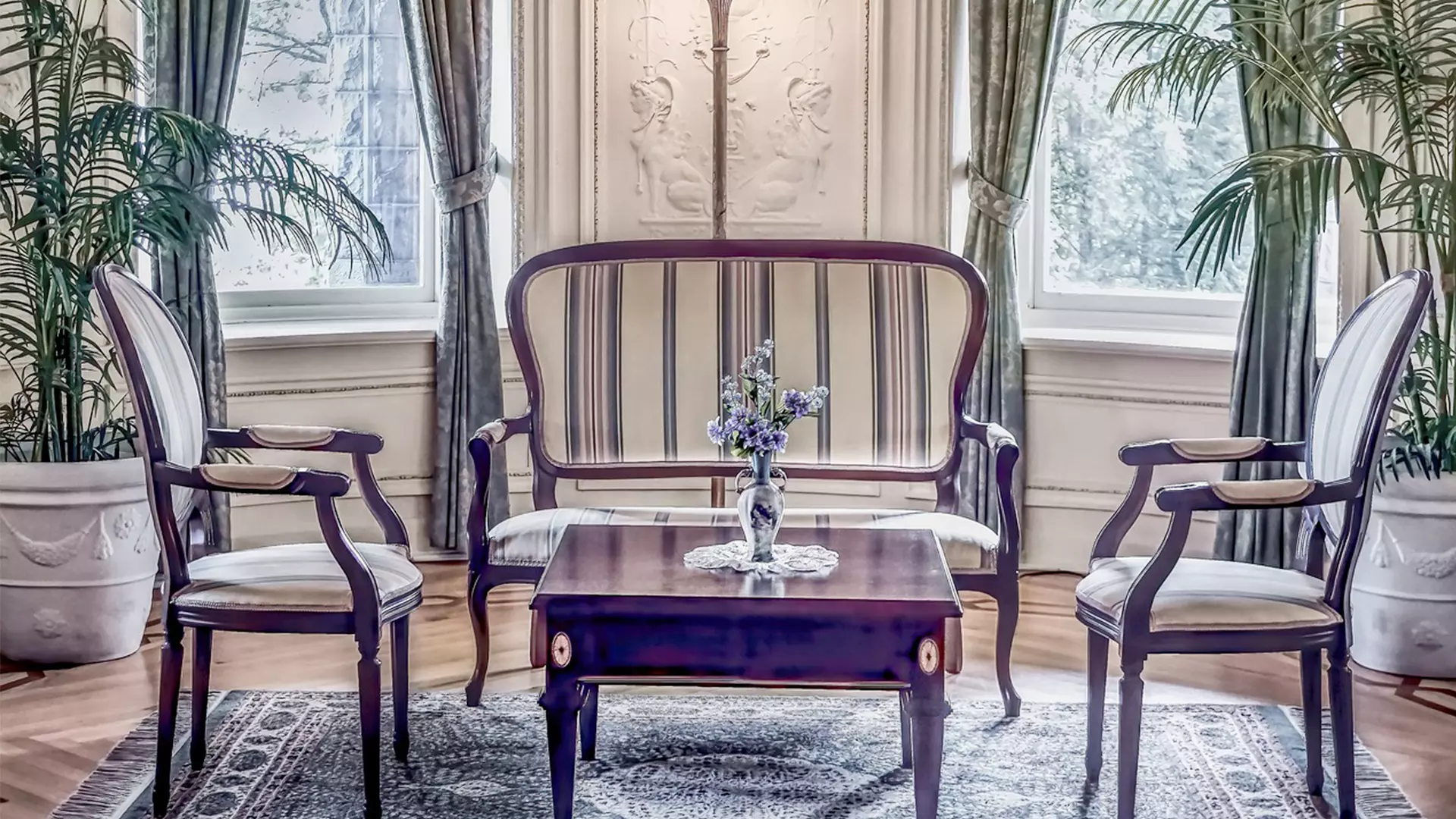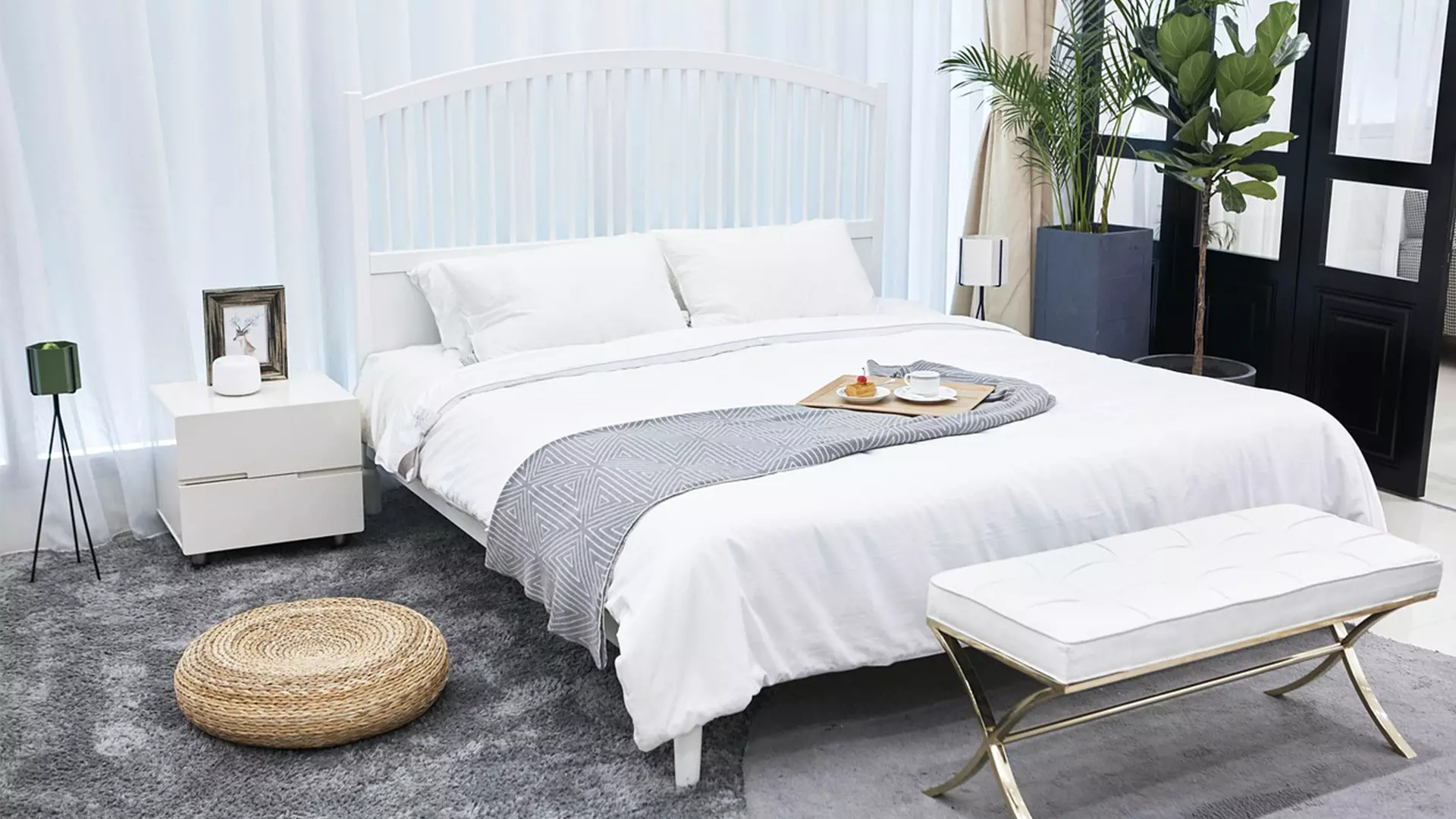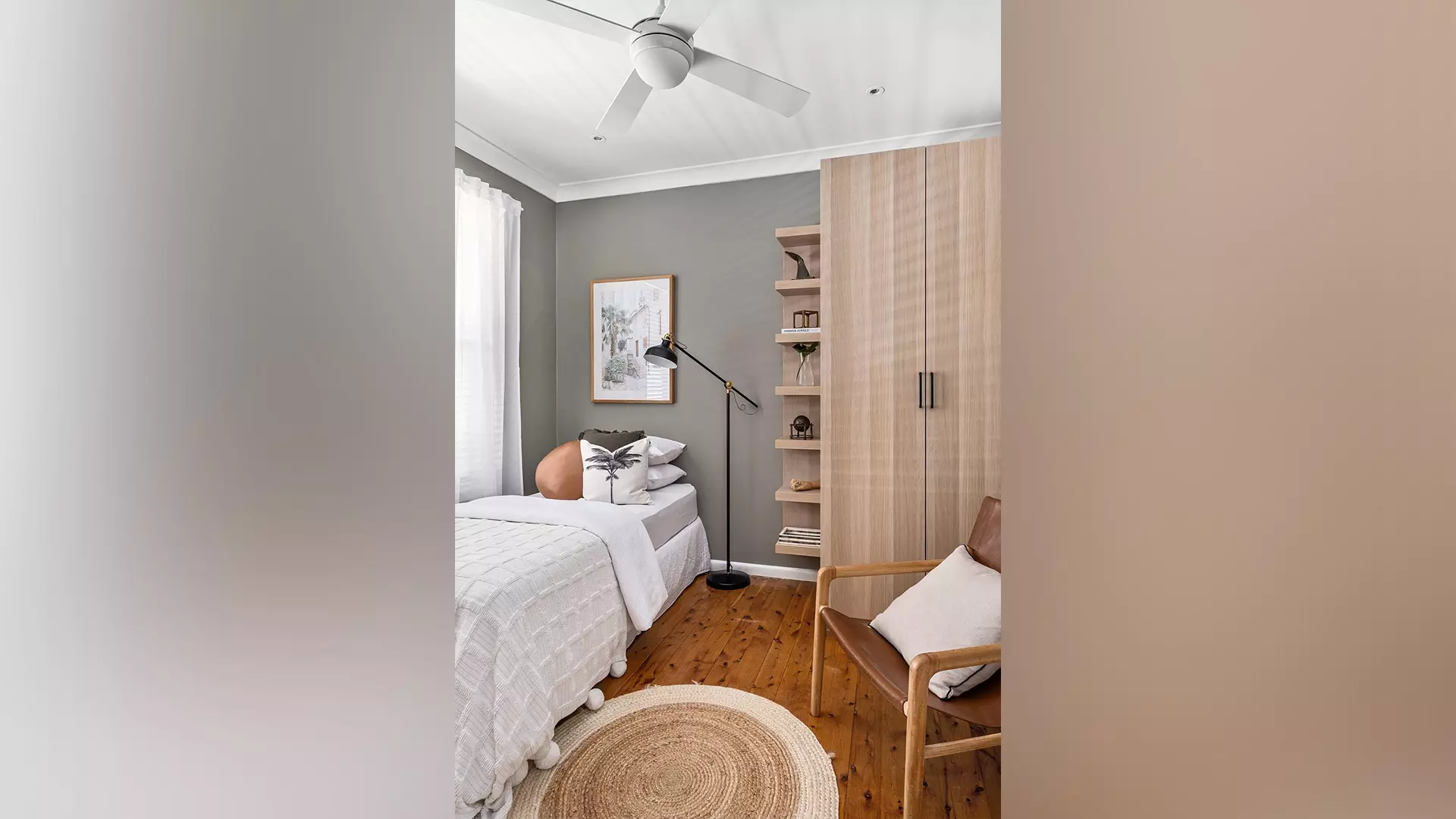
- Home
- India
- World
- Premium
- THE FEDERAL SPECIAL
- Analysis
- States
- Perspective
- Videos
- Sports
- Education
- Entertainment
- Elections
- Features
- Health
- Business
- Series
- In memoriam: Sheikh Mujibur Rahman
- Bishnoi's Men
- NEET TANGLE
- Economy Series
- Earth Day
- Kashmir’s Frozen Turbulence
- India@75
- The legend of Ramjanmabhoomi
- Liberalisation@30
- How to tame a dragon
- Celebrating biodiversity
- Farm Matters
- 50 days of solitude
- Bringing Migrants Home
- Budget 2020
- Jharkhand Votes
- The Federal Investigates
- The Federal Impact
- Vanishing Sand
- Gandhi @ 150
- Andhra Today
- Field report
- Operation Gulmarg
- Pandemic @1 Mn in India
- The Federal Year-End
- The Zero Year
- Science
- Brand studio
- Newsletter
- Elections 2024
- Events
How happier, healthier homes are shaping our emotional health

Tired of living in caves and open jungles, when humankind began to build houses, they served as our retreats, our sanctuaries. Today, given the pace and complexities of urban life and that we are living through an anxiety epidemic, the need for a safe and calming place feels immensely important. We want to be healthier and happier, and our homes are integral to realising that.Yes, we do the...
Tired of living in caves and open jungles, when humankind began to build houses, they served as our retreats, our sanctuaries. Today, given the pace and complexities of urban life and that we are living through an anxiety epidemic, the need for a safe and calming place feels immensely important. We want to be healthier and happier, and our homes are integral to realising that.
Yes, we do the usual things to calm the mind — sleep, yoga, meditation, walks... But what we overlook is that the space we live in is also inextricably linked to our neurological well-being. At least this is what a growing number of architects and designers have come to believe, thanks to environmental psychology research.
Having come into its own in the late 1960s, this branch of psychology states that our built environments have an impact on our emotional health. According to Thane-based architect and educator Shripad Bhalerao: “While scientific evidence is recent, the belief that the interplay between our internal state and the external environment is symbiotic is as old as the hills. Take India’s Vaastu Shastra or China’s Feng Shui; though they are dramatically different, both architectural systems believe that our built spaces have to be aligned with nature and translate to human well-being.”

Experts say interior aesthetics evoke positive or negative emotional responses in people
Today, with rise in Neuroscience, scientists are researching hard and finding that interior aesthetics evoke positive or negative emotional responses in people. In 2019, at an exhibit titled ‘A Space for Being’ at the Salone del Mobile, the annual international furniture fair in Milan, Johns Hopkins University School of Medicine’s Brain Science Institute demonstrated how design and furnishings can influence biology and well-being through physiological responses of visitors walking through three different rooms—with a carefully curated mix of furniture, textiles, and sensory elements.
Creating environs
With the knowledge that aesthetic experiences not only register in our brain but also influence our biological and emotional responses, architects and interior designers today design spaces that consciously manipulate decorative elements to encourage creativity, peace, and happiness.
Says Harshad Bhatia, Mumbai-based architect, “Science is helping to explain what many of us in architecture and design have known intuitively: that space matters and impacts how we feel. Think of a spa. Its stress-relieving therapies are only enhanced by its built environs. A day at the spa would not be as relaxing if its interior was not as calming. Neuro-architectural ideas persuade you to feel and act in a certain way.”

Our bodies feed on natural light for vitamin D, serotonin, melatonin, and even productivity—a blessing during daylight hours.
True, home design is often rooted in personal and family likes and also decor trends such as an ‘in-pattern’ or an ‘in-colour’. Having said that though, some design guidelines are like standard protocols—they are backed by scientific research and failsafe in bringing serenity home. “For some years now, designers have been ‘stealing’ from psychology. The idea is not only to make a home beautiful, but also to make it happy,” says Guwahati-based interior decorator, Basobi Bose. “Spatial perception being critical to human well-being, spaces are opened up in houses to create a sense of freedom. Likewise, to create an optimal atmosphere for relaxation and health, a natural environment is simulated by clever placing of indoor plants.”
Décor prescriptions
How we function in our spaces is often the premise of a good design; but it is also true that the light has to be always right. Our bodies feed on natural light for vitamin D, serotonin, melatonin, and even productivity—a blessing during daylight hours. “While drawing architectural plans, we are consciously maximising sunlight in the required spaces. Sunlight is a mood lifter, and a persistent lack of sun can trigger sadness or enhance anxiety,” says Bhalerao.

How we function in our spaces is often the premise of a good design; but it is also true that the light has to be always right.
But then, its glare can also cause eyestrain. So can streetlights after dark. As Dak Kopec, an architectural psychologist iterates in his many books, “Streetlight glare, bright alarm clocks, and LED lightbulbs that deliver sharp hues contribute to insomnia....”
So, the golden mean, say environmental psychologists, is to filter sunlight with sheer or anti-glare blinds during the day and shut out city lights with blackout curtains, blinds or automated shades after the sun goes down.
Designers also believe that one of the most impactful elements of design on our emotional well-being is colour. Different colours are associated with psychological traits and benefits—with each colour’s saturation and brightness acting significantly in terms of emotional power. Bright colours are less saturated and these lighter, pale tones can have a relaxing effect, explains Bhatia. True red can trigger anxiety, but a saturated blush pink is a soothing colour, he adds.
Studies have also noted that regardless of the actual temperature, we feel cool in cool-toned rooms and warm in warm-toned rooms. Paint can help in steering a space into comfort zone—with low-odour, antimicrobial and antifungal being a preferred choice. “We always advice home-owners to mine memory for colours that have sentimental value, avoiding shades that can trigger negative reminiscences, says Bose.
Enhance outdoor space
Humans have a mind-body connection with nature. In 1989, a study had found that simply stepping into nature can restore physical and mental energy and bring focus. Architects and designers thus suggest making the patio, balcony or backyard functional by adding furniture or floor tiles, adding greenery and spending time in the mornings because early, full-spectrum sunlight helps regulate serotonin.

Designers also believe that one of the most impactful elements of design on our emotional well-being is colour.
In addition to being natural air purifiers and stress reducers, plants have organic, irregular shapes that are inherently relaxing to the eye and they require tending and nurturing which gives us a sense of control.
Scent, sound and curves
While research pronounces that lavender is the calming scent, environmental psychology suggests that one should discover their own—one that an individual personally responds to, reminiscent of a vacation or a memorable night. Certain sounds also can be soothing. A small waterfall feature for example can be a magical sensory experience. Then there is music, especially New Age music which is proven to chill us out.
Environmental psychology experts are unanimous that sharp, right angles are more stimulating to the brain than round shapes or ovals. So, having too many rectilinear forms in a room can be like a horror movie, with too much activity. As Kopec puts it: “Organic shapes, like the coil in wood grain, tend to feel soothing.” Take a table: one with rounded edges allows our nervous system to relax.

Studies say regardless of the actual temperature, we feel cool in cool-toned rooms and warm in warm-toned rooms.
One would always want a balance of colour, texture, and pattern in the home. Corners that are stark are just as unnerving as spaces with too much activity. The trick is moderate visual complexity—limiting to one or two colours and patterns and using accessories to tie the room together. “Shapes, colours and textures should be interconnected, like in nature,” says Bhatia.
Environmental psychology informing design is the right way to proceed in creating homes. With urban India having become a little flatlined as a society, always focusing on optimising the rational, scientific studies can help in bringing more consciousness and understanding the importance of our emotional side that craves the sensory and that fosters health and well-being. When our senses are alive, we feel more alive.
